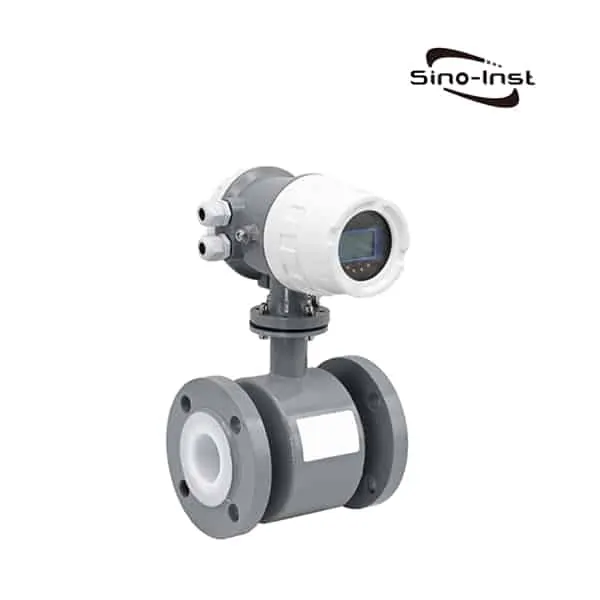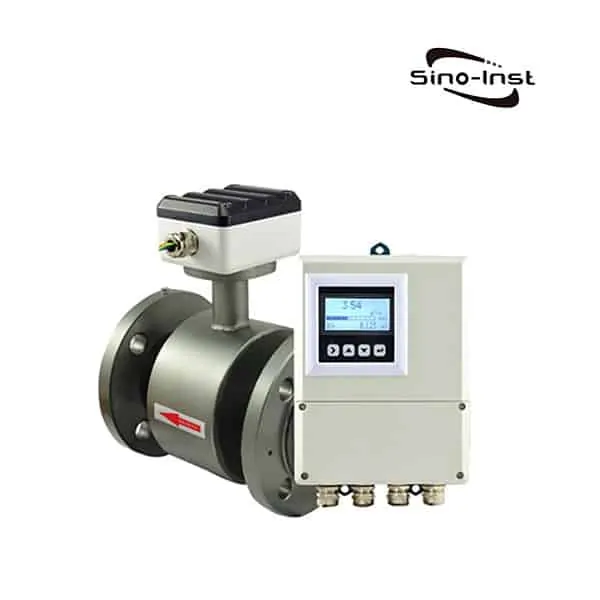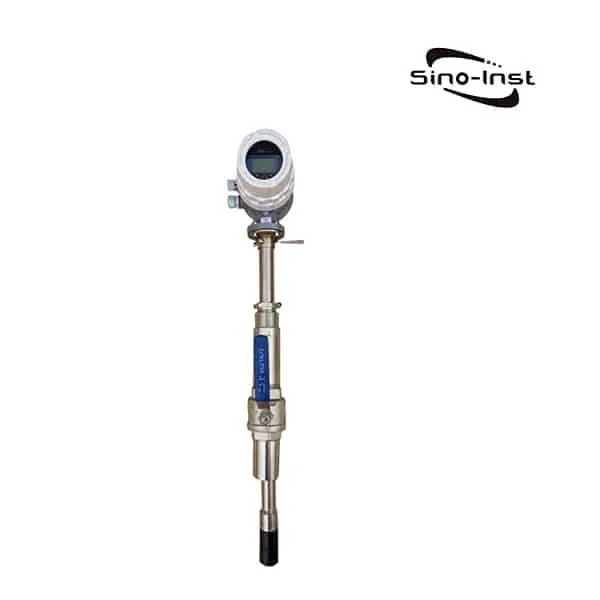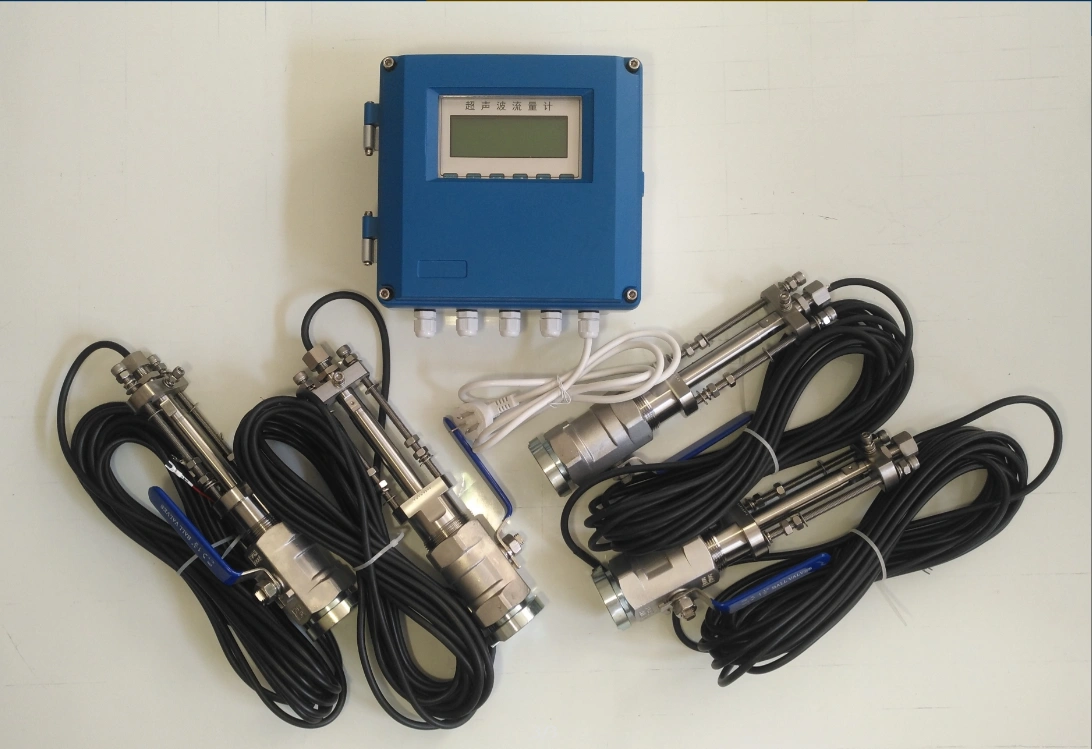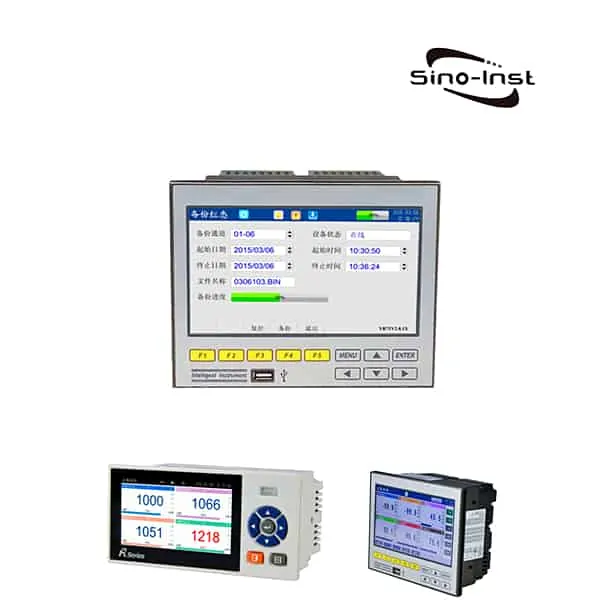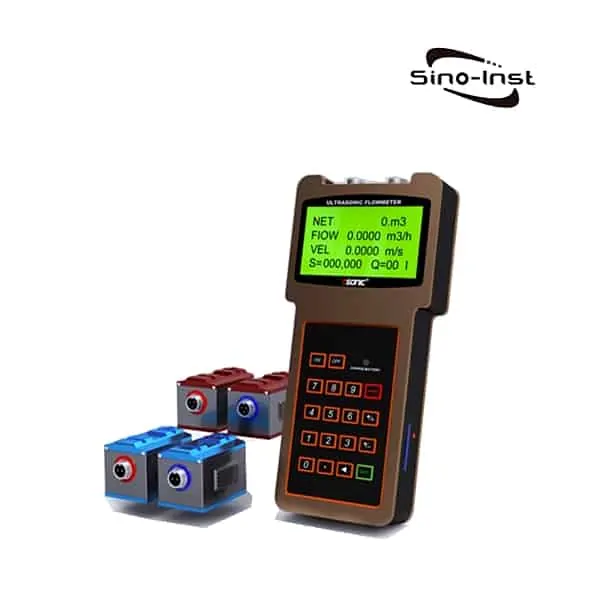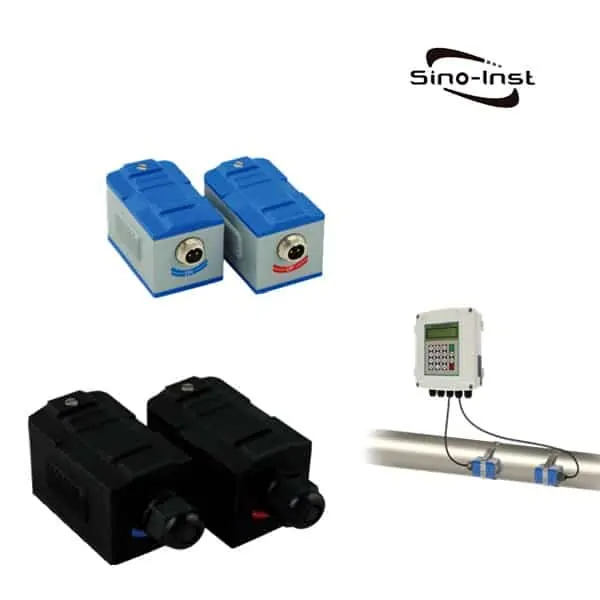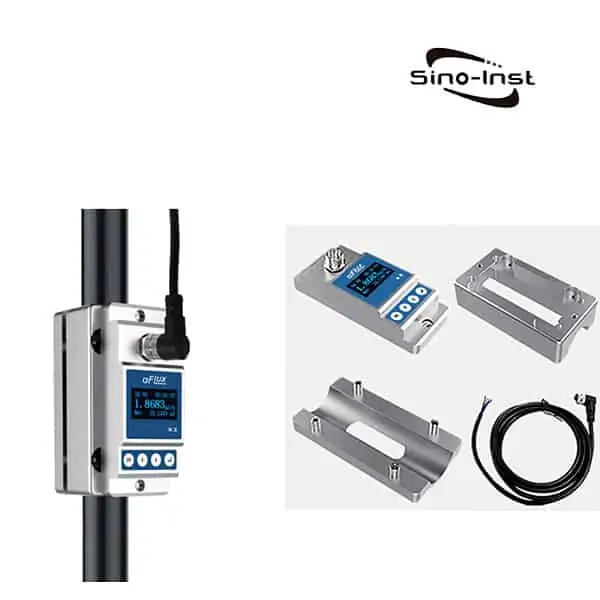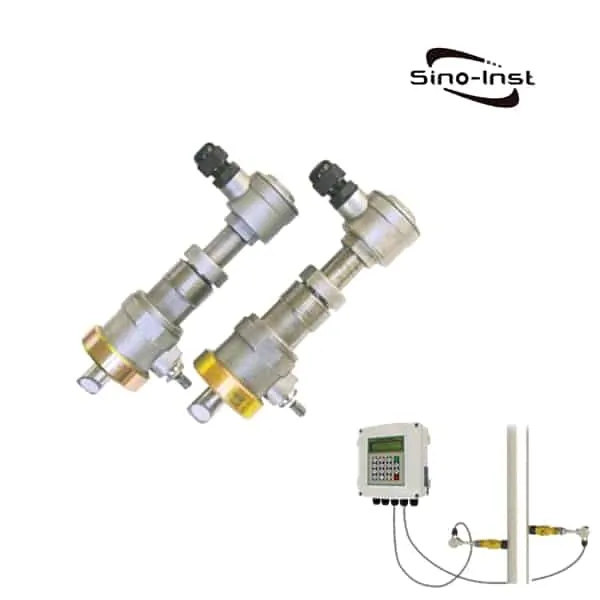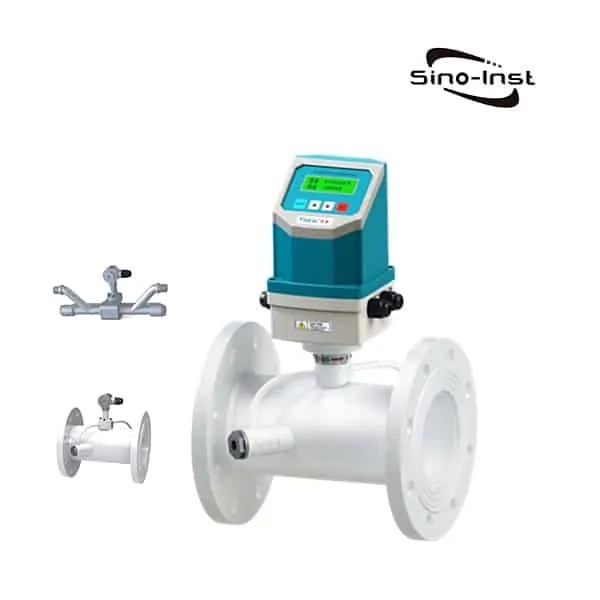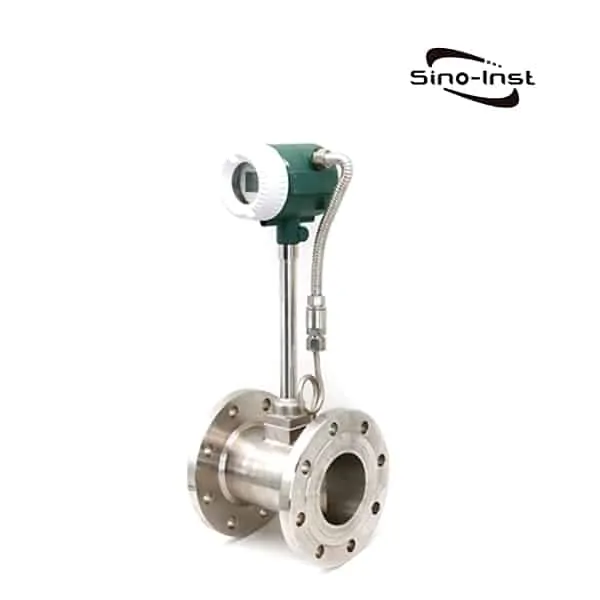What is a BTU Meter?
A BTU meter is a special instrument that measures the thermal energy transferred in a heating or cooling system. BTU meters are also known as energy meters, heat meters. Commonly used are electromagnetic energy meters and ultrasonic energy meters. It is widely used in online metering of central air-conditioning cooling and heating energy metering and heating network. It can also be used to measure the performance of energy conservation measures or the loss of system efficiency that affects revenue.

Featured Flow and BTU Meters
What is BTU?
BTU (British Thermal Unit). 1BTU is approximately equal to 252.1644 calories (calorie) = 0.293 watt-hour (watt-hour) = 1.055 kilojoules (killojoule)
1 BTU is the amount of heat required to heat 1 pound of pure water from 59 degrees Fahrenheit to 60 degrees Fahrenheit at an atmospheric pressure of 14.696 pounds per square inch.
Btu is British Thermal Unit (British Thermal Unit) and Btu/h is “British Thermal Unit per hour”. Since 1(British Thermal Unit) = 1055.056(Joule), and 1 Watt = 1 Joule/Sec.
So 1 (Btu per second) = 1055.056 (Watts), converting seconds to hours is: 1 BTU per hour = 1055.056/3600 = 0.293071 (Watts).
Therefore, the power of an air conditioner with a (BTU/H) of 10000 is 10000*0.293 = 2.93 (kW).
BTU Meter Working Principle
When the water flows through the system, according to the flow rate given by the flow sensor and the temperature signal of the supply and return water given by the paired temperature sensor, as well as the time that the water flows. Calculate and display the heat energy released or absorbed by the system through the calculator.
Its basic formula is as follows:

In the formula:
Q—the heat released or absorbed by the system, J;
qm flow through heat meter
The mass flow of water, kg/h;
qv is the volume flow of water passing through the heat meter, m5/h;
ρ Density of water passing through the heat meter, ks/m3;
△h—the difference in the enthalpy of water at the inlet and outlet temperatures of the heat exchange system, J/kg;
T a time, h.
From the working principle of the heat meter, it can be seen that the heat meter is mainly divided into three parts: the base meter, the temperature sensor and the totalizer.
The base meter refers to the meter that measures the flow and converts the flow information into electrical signals.
The temperature sensor refers to a sensor that measures the temperature of the supply and return water of the heat exchange system.
The totalizer is a device that integrates and displays heat according to the formula.
Video source: https://www.youtube.com/watch?v=keD50bX1mec
BTU Measurement System
BTU measurement systems are an important component in the pursuit of energy efficiency and sustainability in heating and cooling systems.
Define BTU measurement system:
BTU measurement systems are an important tool for understanding and managing energy in heating and cooling systems. At its core, the system relies on the British Thermal Unit (BTU), a unit of measurement of heat energy. 1 BTU represents the amount of energy required to raise the temperature of one pound of water by one degree Fahrenheit.
Components of a BTU measurement system:
A key component of this system is the BTU meter. Measure the flow rate and temperature difference of a liquid passing through a heat exchanger.
The system includes:
- Two temperature sensors: installed at the inlet and outlet of the heat exchanger to measure the temperature difference.
- Flow sensor: This component tracks the flow of liquid through the heat exchanger, which is a key part of energy calculations.
- Calculator: It processes data from temperature and flow sensors to provide accurate calculations of heat energy transfer.
Applications beyond the basics
BTU measurement systems have uses far beyond basic temperature and flow measurements:
- Energy Consumption Monitoring: It provides a detailed view of system energy usage, enabling smarter, more cost-effective decisions.
- HVAC System Optimization: Ensure your heating and cooling systems are running at peak performance by pinpointing inefficiencies.
- Leak and inefficiency detection: The system can alert on leaks or inefficiencies, preventing energy loss and potential system damage.
- Improvement identification: It plays a key role in identifying areas where energy consumption can be reduced, promoting sustainable practices.
BTU Meter Types
There are different types of BTU meters, each suited for specific applications and system requirements.
BTU Meter for Chilled Water
A BTU (British Thermal Unit) meter for chilled water is a specialized device used in cooling systems, particularly in HVAC (Heating, Ventilation, and Air Conditioning) applications. Its primary function is to measure the energy consumed in cooling processes by calculating the heat removed from the chilled water
The BTU meter consists of a flow measurement sensor, two temperature sensors, and a microprocessor-based energy calculator.
The flow sensor should be installed in the chilled water return line, and the chilled water flow direction should be installed in a vertical or horizontal position. Two temperature sensors, one sensor is installed on the oil return line. The second sensor is installed on the water supply line. The thermal energy transferred from the cooling water to the consumer over a specified period of time is proportional to the temperature difference between the flow and return flow and the amount of cooling water flowing through.
Sino-Inst offers two types of BTU meters, one with ultrasonic measurement technology (ultrasonic BTU meter) and the other with electromagnetic measurement technology (electromagnetic BTU meter).
BTU meters are widely used in:
- Building HVAC Systems: In large buildings, accurate measurement of chilled water energy use is crucial for efficient system operation and cost allocation.
- Industrial Cooling Processes: Industries that require precise temperature control rely on these meters for energy management and to ensure optimal operation of cooling equipment.
- District Cooling Systems: They are also essential in district cooling systems, where chilled water is supplied to multiple buildings from a central plant.
Benefits of Using BTU Meters in Chilled Water Systems:
- Energy Efficiency: By providing accurate energy usage data, these meters help in optimizing the operation of cooling systems, leading to energy savings.
- Cost Allocation: In multi-tenant buildings, BTU meters enable fair billing based on actual energy usage for cooling.
- System Monitoring and Maintenance: Regular readings from these meters can indicate system performance and help in early detection of issues.
Whether in a commercial, industrial or residential environment, a chilled water system’s BTU meter is an important tool in managing the cooling process.
BTU Meter Installation
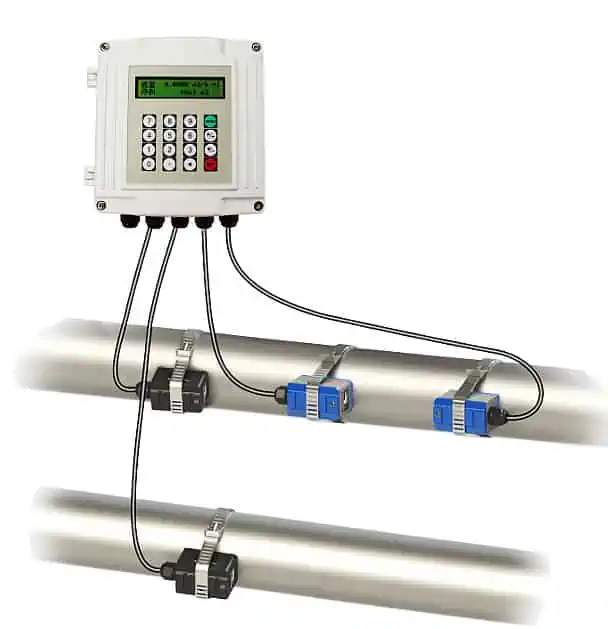
The installation requirements for electromagnetic heat meters and ultrasonic heat meters vary.
Personally recommend the Clamp-On ultrasonic heat meter. Because the installation is the easiest.
Clamp-On ultrasonic sensors and external clamp-on temperature sensors are available. Installation is simple and low cost.
About the installation of electromagnetic heat meter. You May refer to the following PDF.
bTU meter vs flow meter
Both BTU meters and flow meters have their own importance. BTU meters help keep heating and cooling systems efficient, while flow meters ensure the correct movement of fluids through various systems.
| Feature | BTU Meter | Flow Meter |
| Primary Function | Measures energy usage in heating or cooling systems. | Measures the volume or speed of a fluid (like water or gas). |
| Measurement Type | Calculates energy by assessing temperature change and flow rate. | Measures the amount or flow rate of the fluid passing through it. |
| Typical Use Cases | Used in HVAC systems (heating, ventilation, and air conditioning), for efficiency monitoring in heating or cooling processes. | Used in various industries, including water treatment, chemical processing, and residential water systems. |
| Key Information Provided | Provides data on heat energy added or removed, crucial for energy management. | Provides data on the quantity or speed of fluid, important for volume control and monitoring. |
| Complexity | Generally more complex, as it combines flow measurement with thermal energy calculation. | Simpler in operation, focusing solely on fluid flow measurement. |
| Importance | Essential for energy efficiency and cost management in temperature control systems. | Critical for managing and monitoring fluid flow in diverse applications. |
Understanding the differences can help you choose the right tool for the job. If you need to know how well your heating or cooling is working, a BTU meter is your first choice. But if you just need to know how much water or gas is flowing, then a flow meter is what you need.
Frequently
Asked
Questions
Related Blogs
Sino-Inst offers over 10 BTU Meter products. About 60% of these are ulrtasonic flow meters. 40% are magnetic meters.
A wide variety of BTU Meter options are available to you, such as free samples, paid samples.
Sino-Inst is a globally recognized supplier and manufacturer of BTU Meters, located in China.
The top supplying country is China (Mainland), which supply 100% of the BTU Meter respectively.
You can ensure product safety by selecting from certified suppliers, with ISO9001, ISO14001 certification.
Request a Quote
Request a Quote

Wu Peng, born in 1980, is a highly respected and accomplished male engineer with extensive experience in the field of automation. With over 20 years of industry experience, Wu has made significant contributions to both academia and engineering projects.
Throughout his career, Wu Peng has participated in numerous national and international engineering projects. Some of his most notable projects include the development of an intelligent control system for oil refineries, the design of a cutting-edge distributed control system for petrochemical plants, and the optimization of control algorithms for natural gas pipelines.

